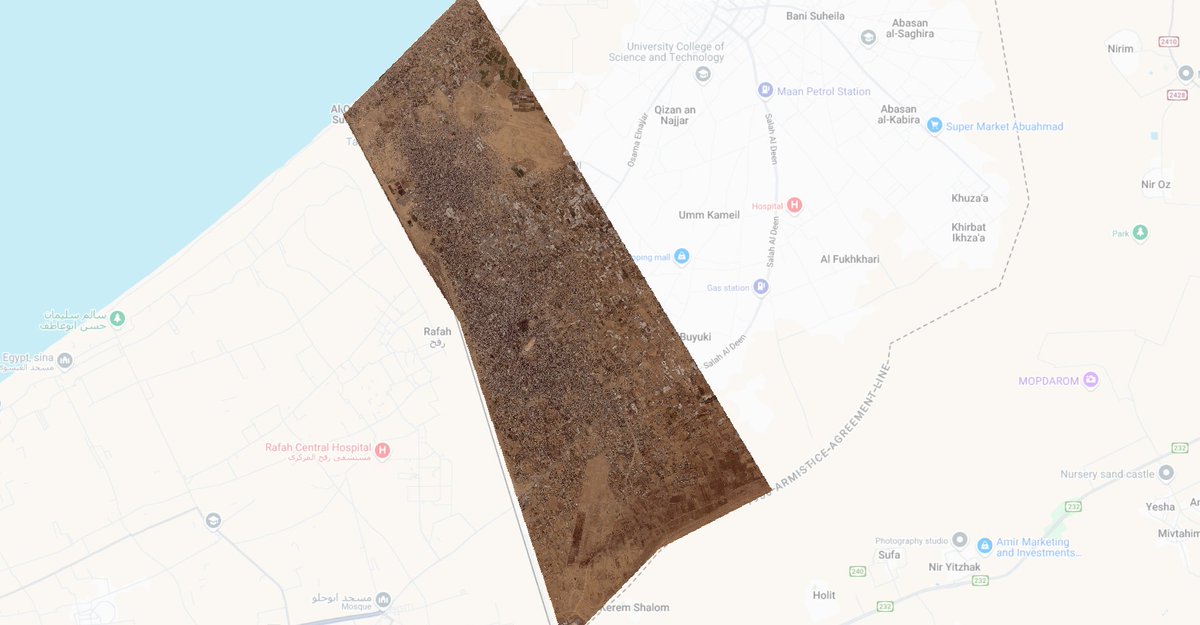Round-up of verified Iran ballistic missile strike videos:
1. A strike in Glilot, Tel Aviv, possibly near Mossad headquarters, verified by @TwistyCB (POV: 32.162814, 34.814391)
1. A strike in Glilot, Tel Aviv, possibly near Mossad headquarters, verified by @TwistyCB (POV: 32.162814, 34.814391)
2. A crater in Glilot, Tel Aviv, also possibly near Mossad headquarters, possibly the result of the strike seen in video 1. Verified by @fab_hinz (32.148475, 34.80782)
@fab_hinz 3. A second video documenting the crater shown in video two at the same location
4. A strike on the north side of Tel Aviv, seen near Ayalon Mall, verified by @NemoAnno. (POV: 32.098561, 34.828177)
5. A strike on the north side of Tel Aviv, verified by The Post, @TwistyCB and others. Possible that this is the same strike shown in multiple videos near Mossad headquarters. (POV: 32.086607, 34.769713)
@TwistyCB 6. A strike on Nevatim Airbase, verified by The Post, @JakeGodin and others. One of the heaviest documented so far.
7. Another view of the strike on Nevatim Airbase, verified by @GeoRaccoon. (POV: 31.218534, 34.859118)
8. Crater and damage near a school in Gedera, verified by @nemoanno. (Location: 31.802099, 34.787821)
9. Another view of the strike on Nevatim Airbase, verified by @JakeGodin. (POV: 31.076197, 35.028013)
10. Impacts on or near Ort Tel Nof airbase, verified by @TwistyCB. (POV: 31.833837, 34.857067)
(Reminder to check out @GeoConfirmed and everyone named in this thread for more verifications and proofs.)
11. @nickschifrin reports from the crater near Mossad headquarters shown in videos two and three
https://twitter.com/nickschifrin/status/1841247444522217931
12. Impact about 2,000 feet south of Mossad headquarters, verified by @nemoanno. (Location: 32.139313, 34.801353)
• • •
Missing some Tweet in this thread? You can try to
force a refresh

















